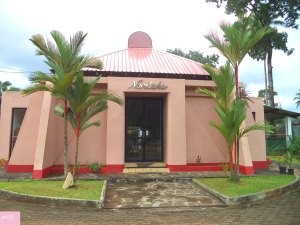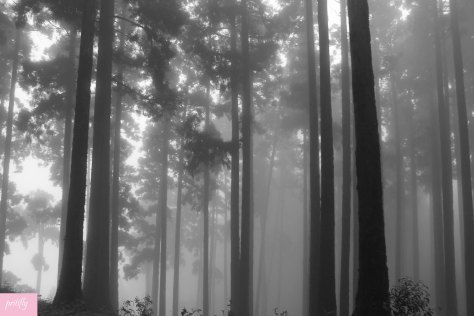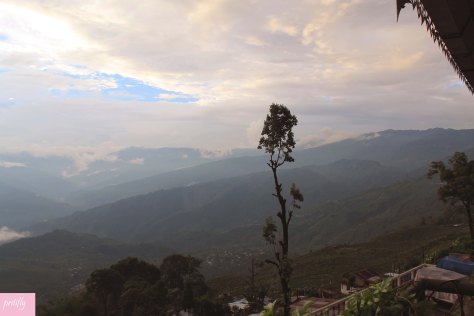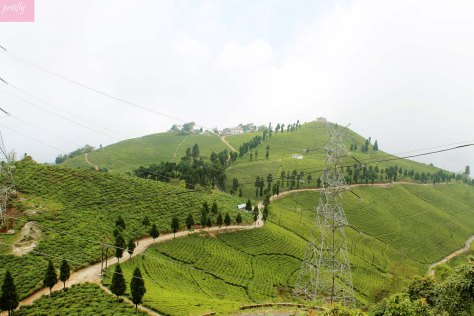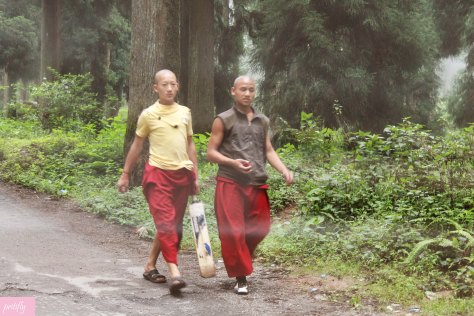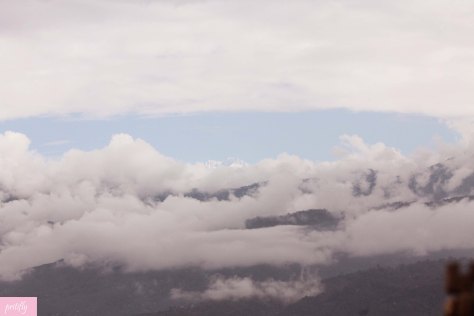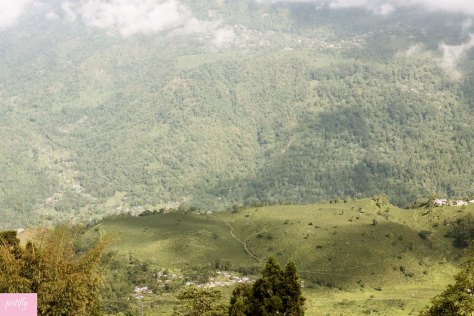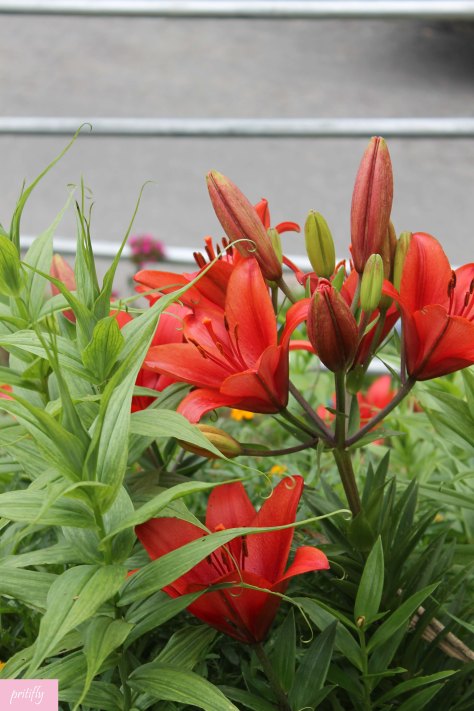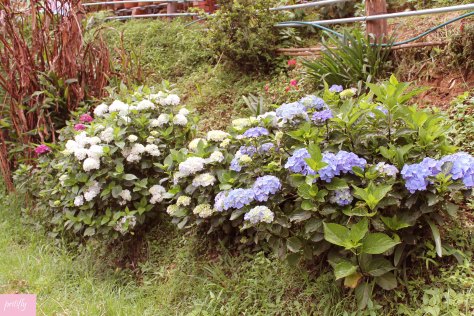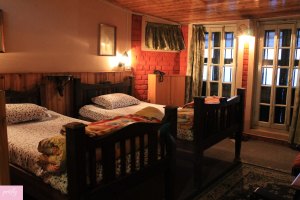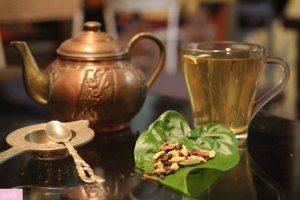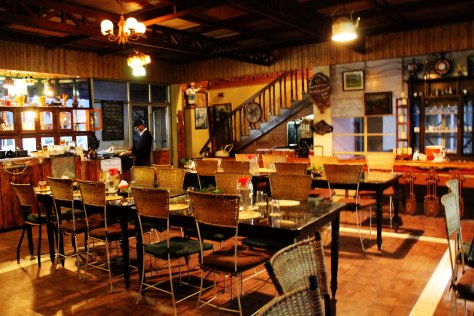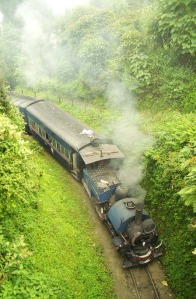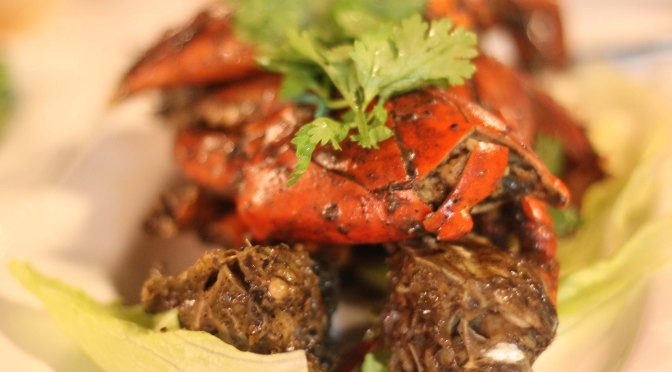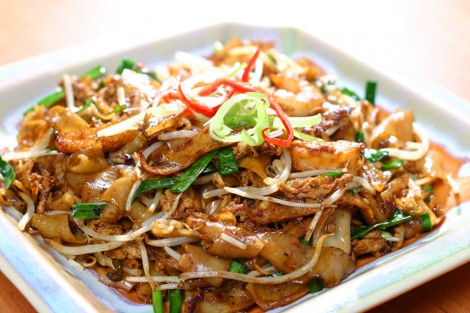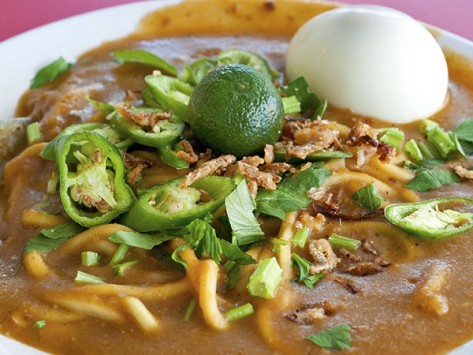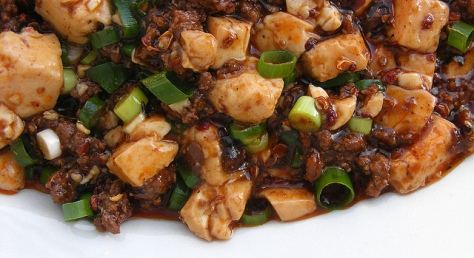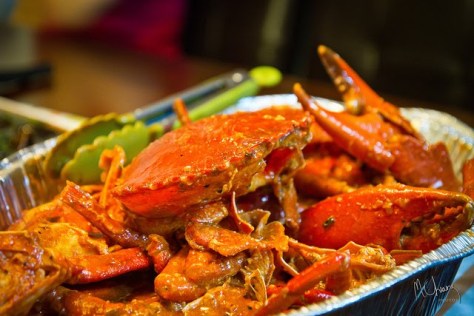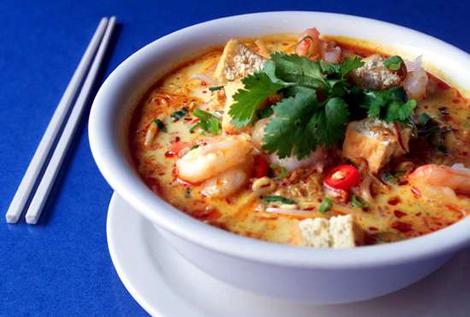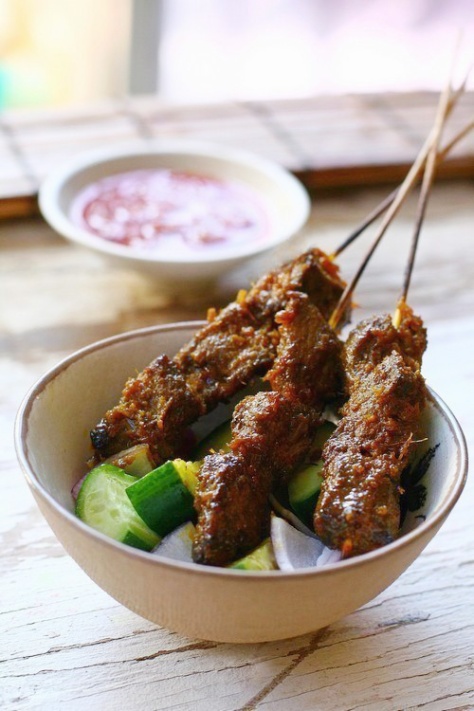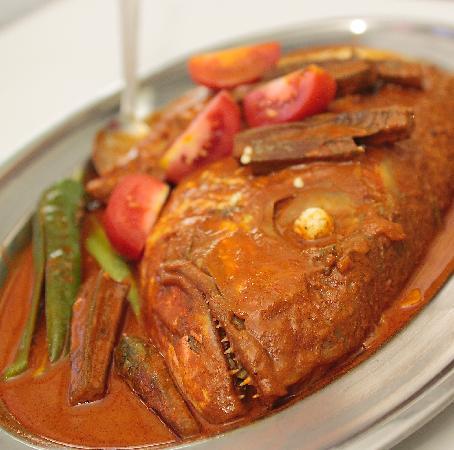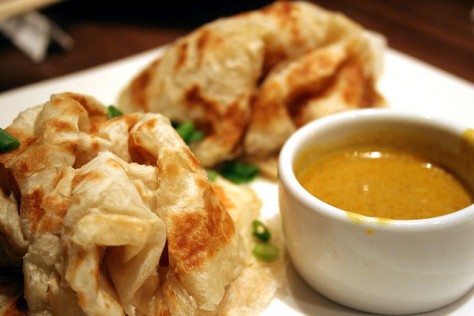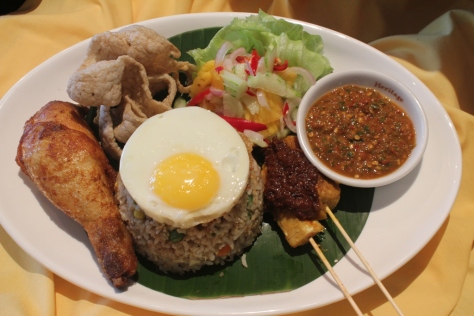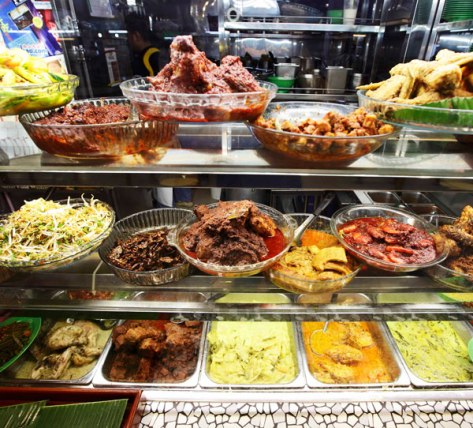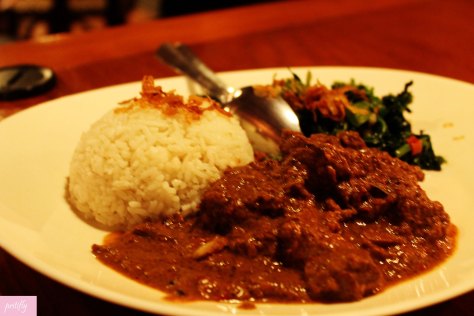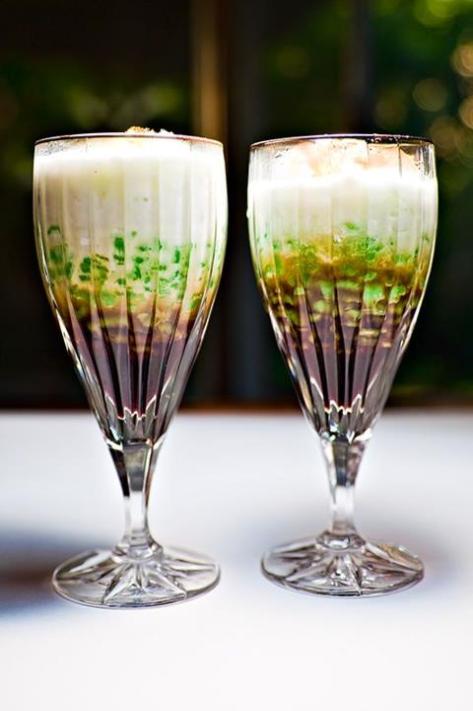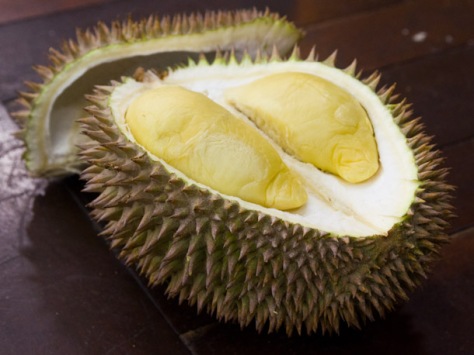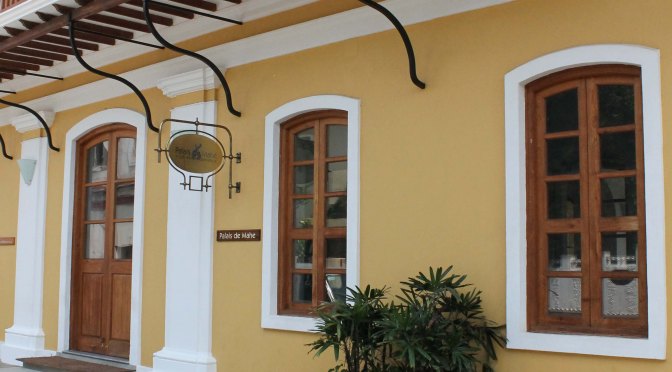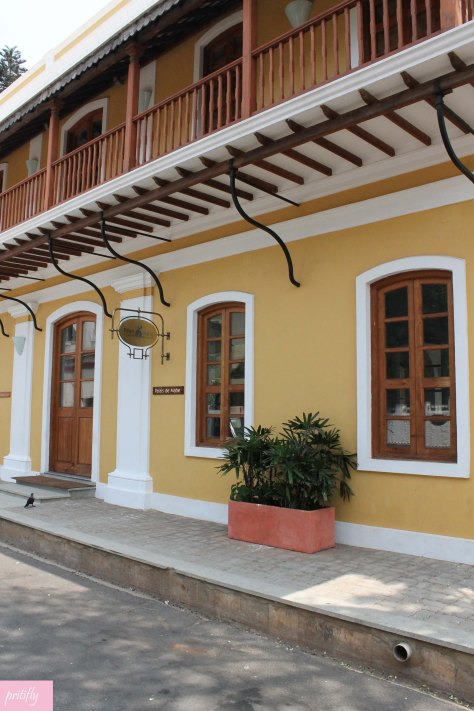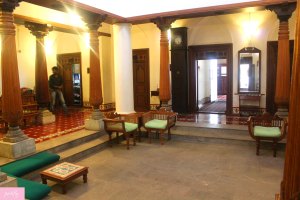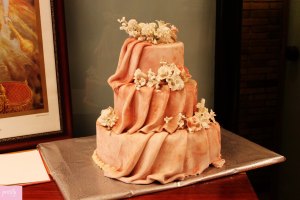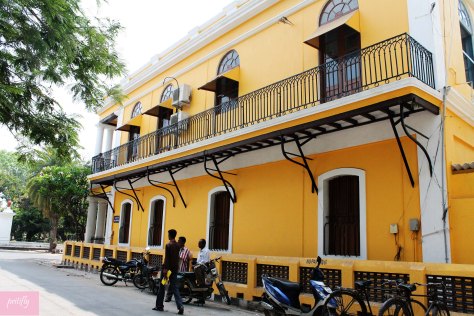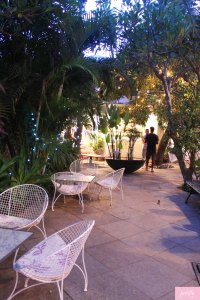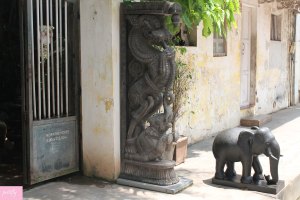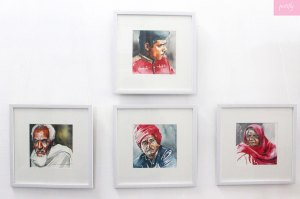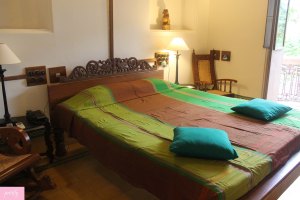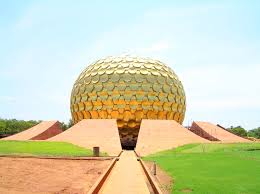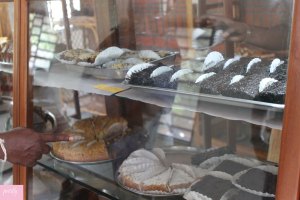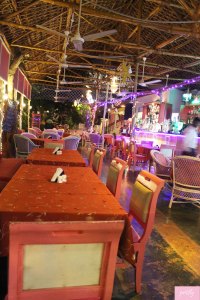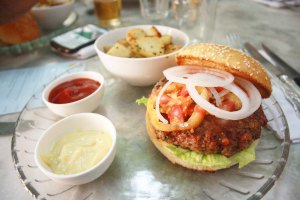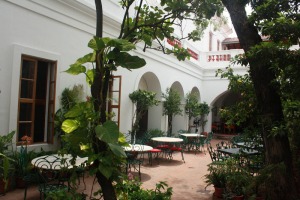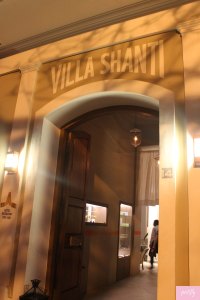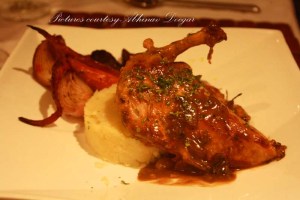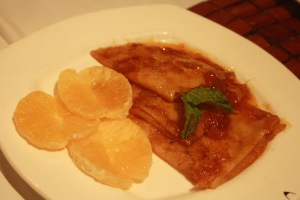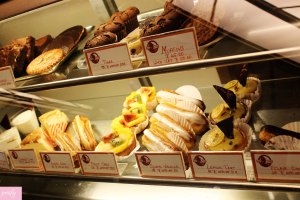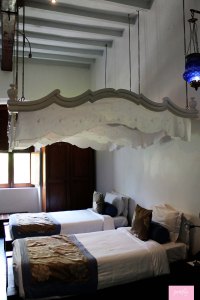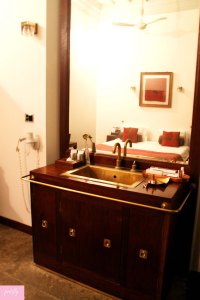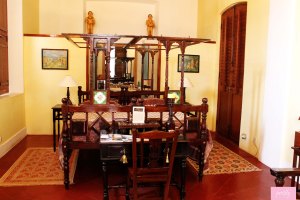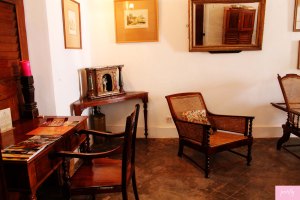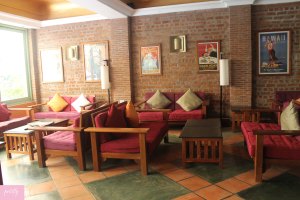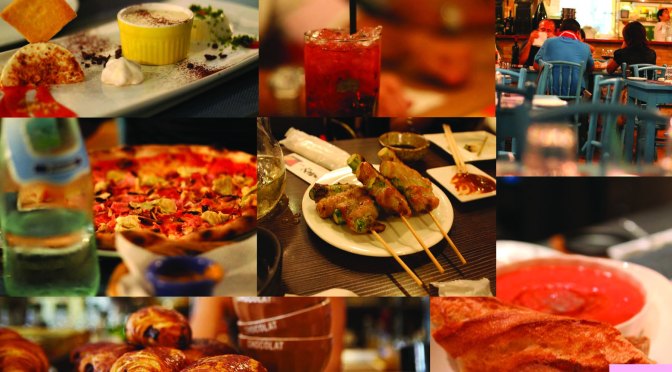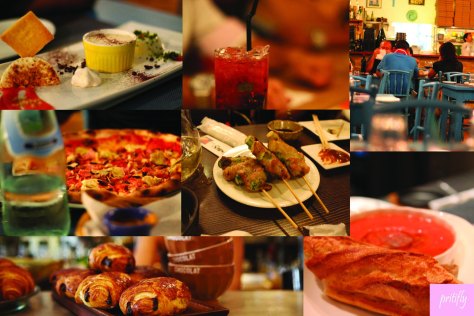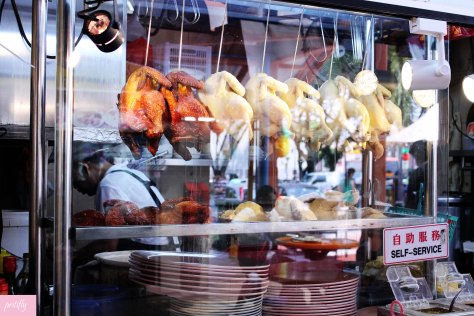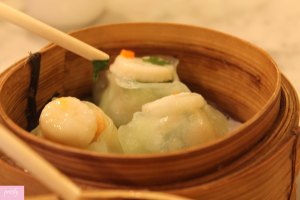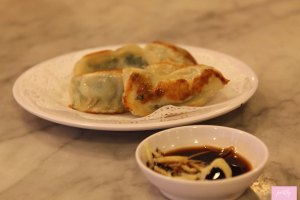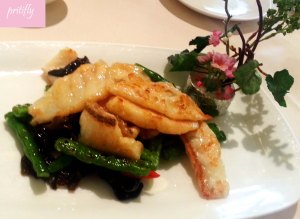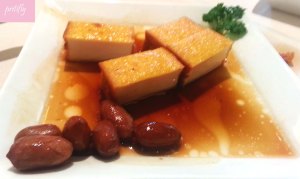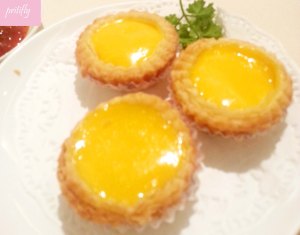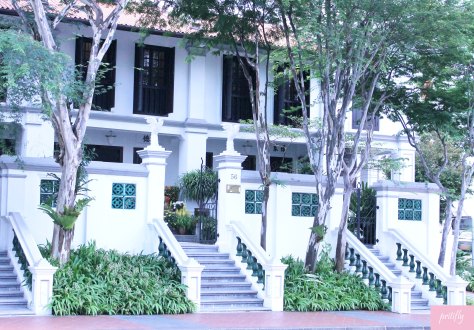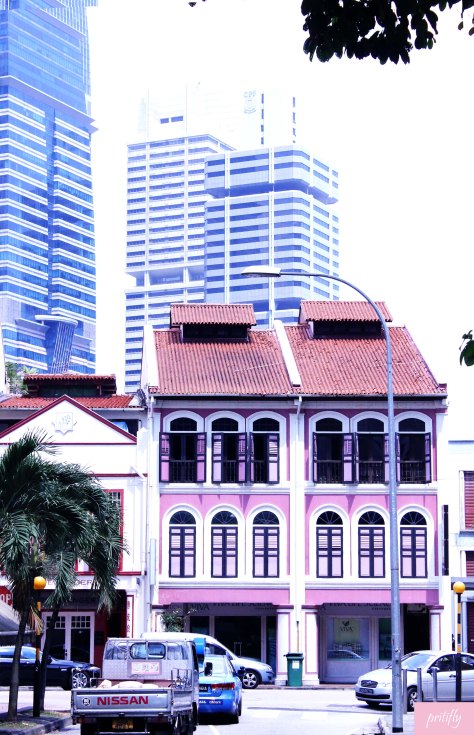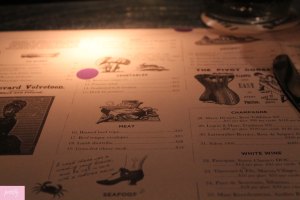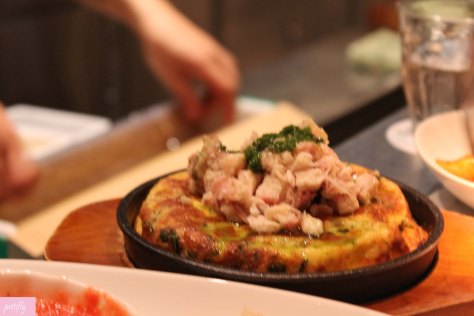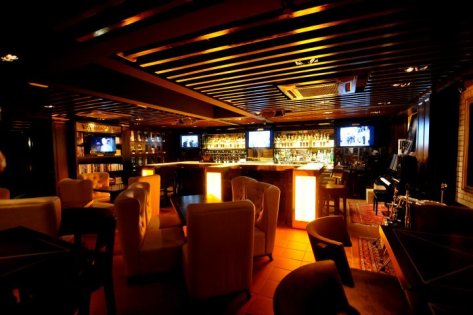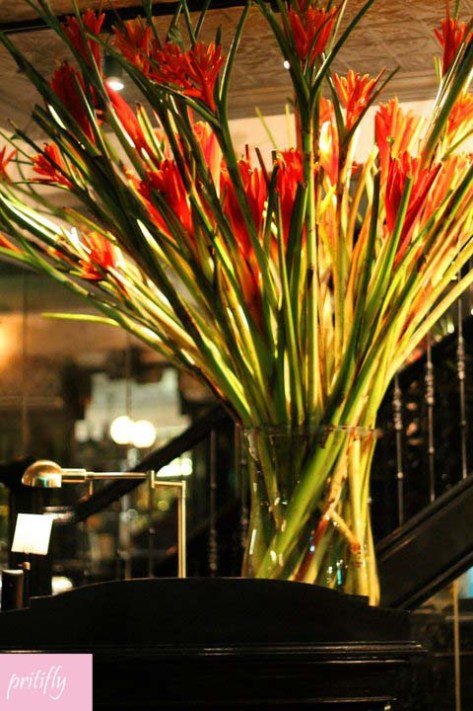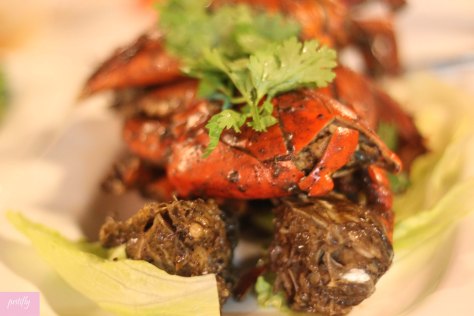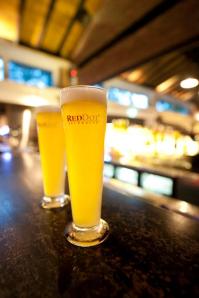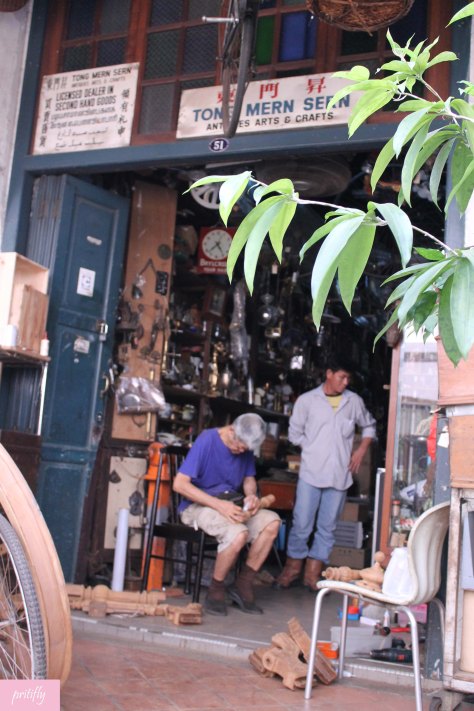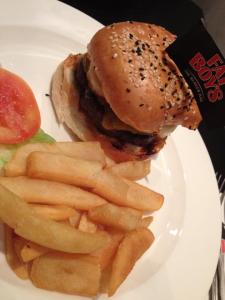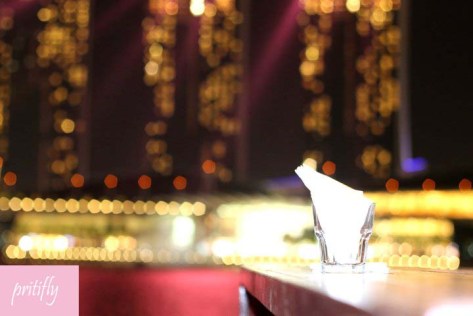Golden Water of Life- WHISK(E)Y
Mark Twain once famously said-
“Too much of anything is bad,
but too much of good whiskey is barely enough.”
This quote has inspired me to write about exploring the famed distilleries of Scotland
“Oh, the summer time is coming, And the trees are blooming, And the wild mountain thyme, grows around the blooming heather.Will you go, lassie, will you go?” I can’t think of a more beautiful place to visit and explore in summer than Scotland
During our restaurant years in Singapore( 2007-2011) we were lucky to get introduced to a gem of a Scotsman- Andrew (Skene) who introduced us to Single Malts and helped put together the ‘Scotch Corner’ in our restaurant( called ‘the Clay Oven & Scotch Corner’)
Thus began our love for the dram- from pairing whiskies with kebabs and curries to hosting whisky tasting festivals & musical concerts ( notably with the Scottish band- ‘Red Hot Chilli Piper’)
Our love affair with Whisky is sealed for life!
Hopefully on reading this piece, you’ll be inspired to book your air tickets to visit the famed distilleries of Scotland. For the not so lucky, I’m hoping you can stop drinking the highly marketed Black Label or Glenfiddich and be adventurous enough to try single malts from smaller and highly reputed distilleries
What is whisky?
Whisky refers to any distillate made from grain, yeast & water, that matures in wooden casks for a certain period of time resulting in a strong alcoholic spirit that is called Whisky
Whiskey or whisky? What’s in the spelling?
In Ireland and United states, Whiskey is spelled with an ‘e’.
Scotland, Canada & Japan omit the ‘e’- so it’s ‘Whisky’
but really neither spellings should matter!
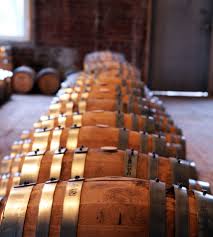
distilled whisky
Scotch Whisky definition
For a whisky to be classified a Scotch, it has to be produced in a Scottish distillery and made from malted barley or another type of grain that has been mashed with water.
Scotch whisky should be matured in a wooden( oak) cask in Scotland and must contain 40% alcohol at the time of bottling but not to exceed 94.8% alchohol by volume( ABV)
What is a Single Malt?
A single malt must exclusively consist of malt whiskey and has to be distilled at a single distillery. Single malts can also be blended- that is bottled from different casks- each which vary according to alcoholic strength and maturation periods. This popular practice is called vatting. If whiskies of different ages are blended, then the maturation of the youngest whisky must be stated on the label.
Single Malt is not exclusively associated with Scotland. India and Japan in fact produce excellent Single Malts whiskies.
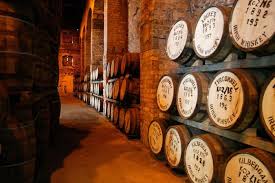
3 holy elements of whisky are…
Grain, Water and Yeast
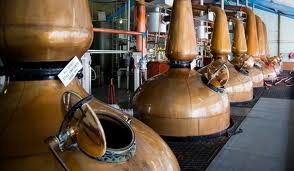
BIRTHPLACE OF WHISKY: SCOTLAND
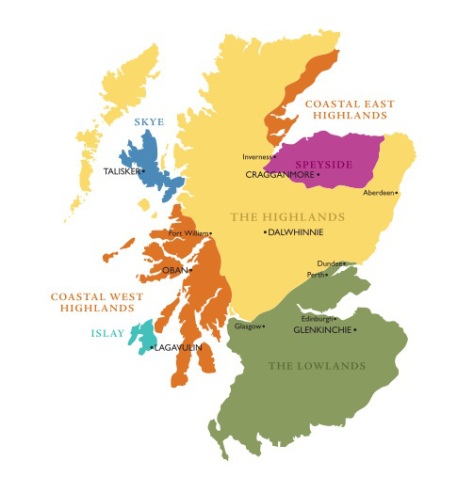
Scotland is the world’s foremost producer of whisky, in fact there are more distilleries in Scotland than in the rest of the world combined! The history and Scots passion and love for whisky has triumphed. The distilleries are classified into 4 major regions namely:
1) Lowlands & Campbeltown
2) Islay
3) Speyside
4) Highlands
SCOTLAND’S WHISKY REGIONS
LOWLANDS & CAMPBELTOWN: are at the extreme south of Scotland bordering England. Very few distilleries remain and whiskies of the Lowland region are characterized by a light, dry and ‘oily’ finish, usually devoid of any ‘peaty’ notes
Noteworthy distilleries are:
Springbank ( 85 Longrow PA28 6EX Campbeltown, Argyll
Phone: +44 (0) 1586 552085)
It is the only distillery left in Scotland in which all whisky production processes are manually carried out- including bottling, The whisky is considered to be the most traditional malt in Scotland. Tours are priced from £6.50 per person
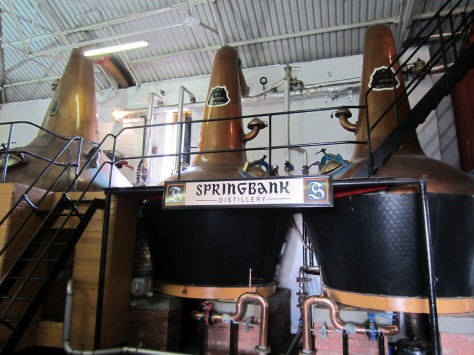
Also visit/ try-
Glen Kinchie– ” Light and spicy with more complex flavours than are typical of Lowland whiskies”
Auchentoshan– “light and dry taste typical of a Lowland whisky “
ISLAY( pronounced “Eye-la” )
Holds a special place in the world of whisky. Whiskies from the Islay region are characterized by a typical smoky, “Peaty” finish.
Every summer, Islay hosts a weeklong whisky festival, which includes ceilidhs(traditional Scottish storytelling evenings), Celtic music concerts, distillery tours, golf competition, cooking-with-whisky evenings and a sponsored charity “barrel push” across Islay. The festivities culminate in a carnival on Port Ellen Green.
More details: Islay Whisky Festival E-mail: islayfestival@lineone.net
The noteworthy Islay distilleries to visit are:
Talisker( Isle of Skye, Carbost, Skye, Phone: +44 1478614308)
Has a stunning setting beside a west Skye sea loch. Visitors can taste their whiskies in a vaulted barrel room, surrounded by handsome oak containers holding whisky which will sit for decades before it’s enjoyed
Tasting notes ” Highly complex & unconventional whisky. Peppery flavour adds to its warming spiciness, it explodes on the palate”
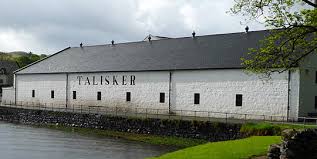
Bruichladdich( Isle of Islay, Argyll, Phone: + 44 1496850190 )
Considered to be one of the most innovative of Islay distilleries constantly playing with casks, producing some of Islays’s most complex and peaty whiskies
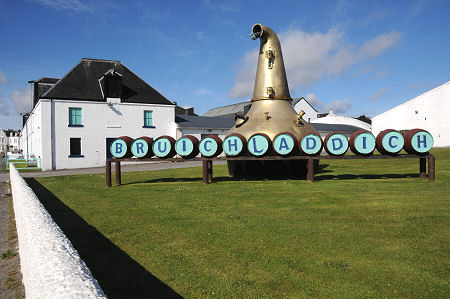
Lagavulin( Port Ellen, Islay, Phone- +44 1496 302749)
Situated on the picturesque Lagavulin bay, its unique pear shaped stills make it worth a visit
Tasting notes- ” smoky, peaty & highly sophisticated”
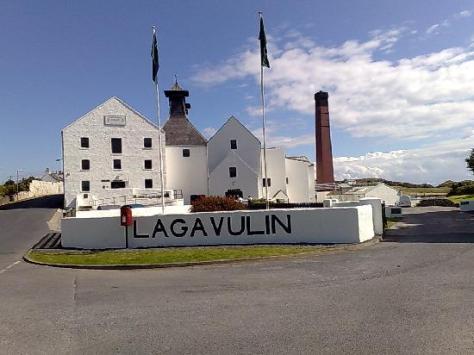
Also visit/ try:
Caol Ila- “strong note of peat smoke on nose, complemented on the palate by sweet notes of sherry”
Highland Park( Isle of Orkney)– “An all rounder with hints of smoke, sherry, full flavour on the palate where honey & peat develop”
Ardberg- “One of the smokiest, peatiest of all whiskies”,
Bowmore- “complex on the palate, notes of sherry, seaweed, heather & spices”
SPEYSIDE
Spreading out from the River Spey it is one of the principal whisky producing regions of Scotland and one of the most prettiest places. With the maximum number of distilleries located in this part of Scotland- it’s best to hire a car for the day and make your way through the distilleries, do ensure that you entrust at teetotaler as the designated driver though!
Glenfarclas
( Ballindalloch, Speyside, Banffshire, Tel: +44 1807500257)
Glenfarclas was one of the first distilleries in Scotland to open a dedicated visitor center in 1973. Glenfarclas, the `Glen of the Green Grassland’, is situated at the foot of the majestic Ben Rinnes, produces . Glenfarclas Single Malts are highly regarded, full bodied, smooth, full of flavour, and superb as an after-dinner malt
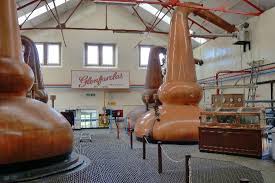
Glenlivet
( Ballindalloch, Banffshire AB37 9DB, Phone: +44 1340 821 720)
This highly reputed and well regarded distillery is a must visit in Speyside. Try their ‘Spirit Of The Malt Tour’ priced at £30 per person( 2-3 hours duration), which includes a visit to Josie’s Well, a distillery tour, a tutored nosing of 7 different expressions of The Glenlivet and a dram drawn straight from one of their aged casks in their traditional dunnage warehouse
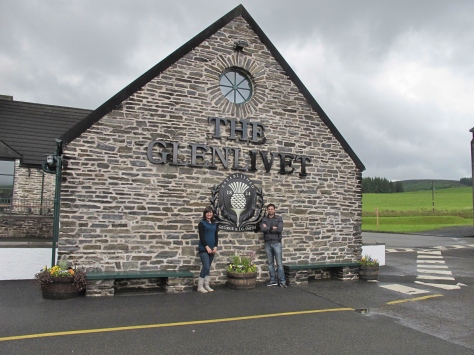
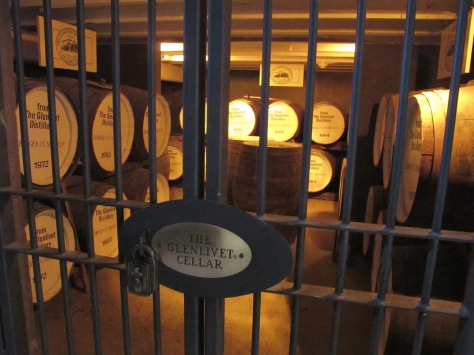
Macallan
( Easter Elchies, Craigellachie, Aberlour, Moray, Phone:44 (1340) 872280)
One of the most recognized distilleries. Its whiskies are sought after by whisky collectors & aficionados around the world. In the last 4 decades, it has acquired the best reputation for quality malt whisky.
Macallan distillery recently launched the ‘Six pillars tour’ limited to groups of no more than 10 people to ensure a luxurious, personal experience. A friendly guide will explain the creation of Macallan’s rich spirit in a working still house. Visitors can learn of how their unparalleled investment in the finest casks contributes to the natural colours, aromas and flavours that set The Macallan apart. Visitors then experience a nosing and tasting of four ‘The Macallan whiskies’ The tour last 2 hours and is priced at £15/ person.
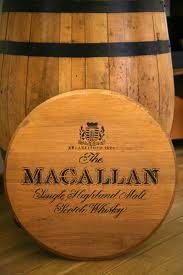
Aberlour
(High Street Aberlour AB38 9PJ, Phone: +44 (0)1340 881249)
Located in the heart of Speyside, this distillery offers relaxed and informal tours of the distillery, it is followed up with a tasting of 6 whiskies from Aberlour. Priced at £15/ person, the tour lasts 2 hours.
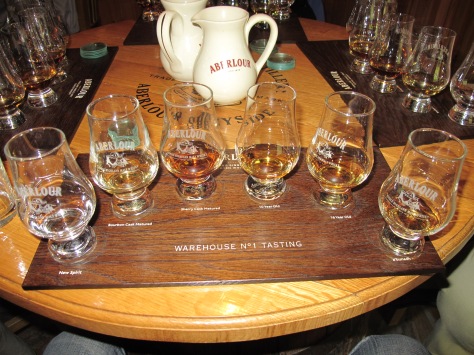
Speyside Cooperage( Dufftown Road, Craigellachie, Banffshire, Aberlour, Moray AB38 9RS, Phone: +44 1340 871108)
In the heart of Scotland’s rolling hills lies Speyside Cooperage, the only working cooperage in the UK where you can experience the ancient art of coopering. Since 1947, the family owned Speyside Cooperage has produced the finest casks from the best American Oak. Today the cooperage continues to work and produce the age-old product, still using traditional methods and tools. Although shipped across the world, many of the casks remain in Scotland, providing a vital ingredient in Scotland’s whisky making process
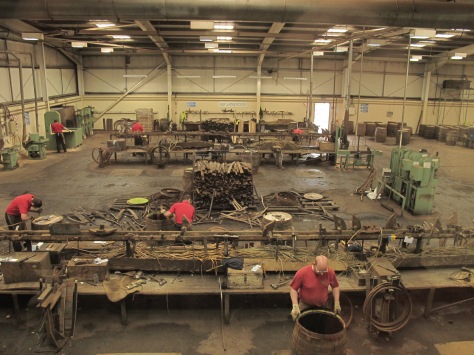
NORTHERN HIGHLANDS:
The whiskies in this region are delicate, light bodied whiskies with complex aromas. The finish can range from dry to spicy with a hint of salt.
Noteworthy distilleries to visit are:
Glenmorangie
( Cadboll, Fearn Ross-Shir, Tain. Phone:+ 44 1862 871671)
Crafting the taste of Glenmorangie is entrusted to the care of 16 people known as the “Sixteen Men of Tain”–some have names that are fitting to the jobs in the alcohol business, such as warehouseman Jocky Stout. Visitors can learn about the entire distillation process, as well as the selection of the barrels, which come from oak trees in the Ozarks. The barrels are then loaned to the Heaven Hill Bourbon distillery until reclaimed by Glenmorangie. The on-site inn, Glenmorangie House, is also worth a stop. From the outside, it looks like a typical Highlands mansion, but inside the atmosphere is warm and relaxed. Entry-£ 5 per person
Tasting notes: ” Smooth malt with a gentle salty note, complemented by fruits and spices”

Dalwhinnie
( Dalwhinnie Distillery, Dalwhinnie, Inverness-shire,
Telephone: +44 1540 672219)
Dalwhinnie is the highest distillery in Scotland; and clear, crisp spring water and peat are abundant. On the 45-minute tour, you can see the people at work making sure everything in the distillery goes to plan – whisky production is a precise process where small changes of problems can affect the taste of a whole batch. The tour with 3 tastings of their 15 year old, Distiller’s edition and single cask is priced at £12.99 per person
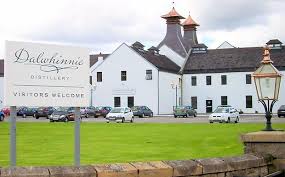
Also visit/ try:
Oban– ” slightly peaty, it has a smooth texture with notes of spices, fruit and a mild finish”
Old Pulteney- ” salty and fresh, with a whiff of ocean air and seaweed”
PLACES TO STAY
HIGHLANDER INN
( Victoria St, Craigellachie, Banffshire AB38 9SR, United Kingdom
Phone: +44 1340 881446)
Highlander Inn is a traditional Whisky Tavern with rooms. Its location in the heart of Speyside- Craigellachhie, makes it a good place for a base. Rooms are simple and comfortable . Recognized as Scotland’s best village inn’s, its whisky bar stocks an amazing range of Single Malts
THE LODGE ISLAY
(83 Frederick Crescent, Port Ellen, Islay PA42 7BG, United Kingdom
Phone: +44 7776 193140)
Located in Port Ellen, the Lodge forms the perfect base to explore distilleries in the Islay region.
WHEN IN SCOTLAND DO TRY……
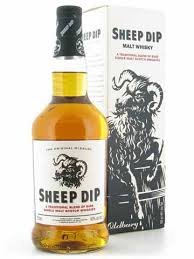
Was once one of the best selling whiskies in Harrods in the 1980’s. Don’t be fooled by its whimsical name. This award winning whisky by Spencerfield Spirit Company is created by blending over 16 different single malts aged between 8-20 years creating a complex blend.
Jim Murray of the Whisky Bible describes Sheep Dip as “Young and sprightly like a new-born lamb a fresh, mouthwatering grassy style with a touch of spice. Maligned by some, but to me a clever accomplished vatting of alluring complexity”
BRUADAR (WHISKY LIQUEUR)
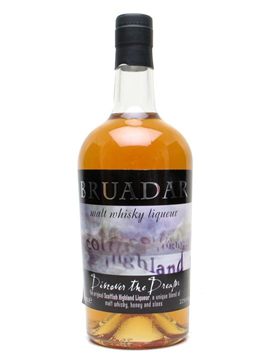
An absolutely irresistible combination of whisky, honey & sloe berries create a much cherished liqueur. I can’t think of a more delicious way of ending whisky tasting sessions on this sweet note! “Bruadar” is the Scottish Gaelic word for “a dream”
HAGGIS NEEPS AND TATTIES

An absolute must have for Burn’s supper, this iconic Scottish dish is a must try if you’re visitng Scotland!
Haggis is a savoury pudding containing sheep’s pluck (heart, liver and lungs); minced with onion, oatmeal, suet, spices, and salt, mixed with stock, and traditionally encased in the animal’s stomach and simmered for approximately three hours.
“Neeps and tatties”refer to turnips and potatoes in Scottish and form a perfect accompaniment to the Haggis!
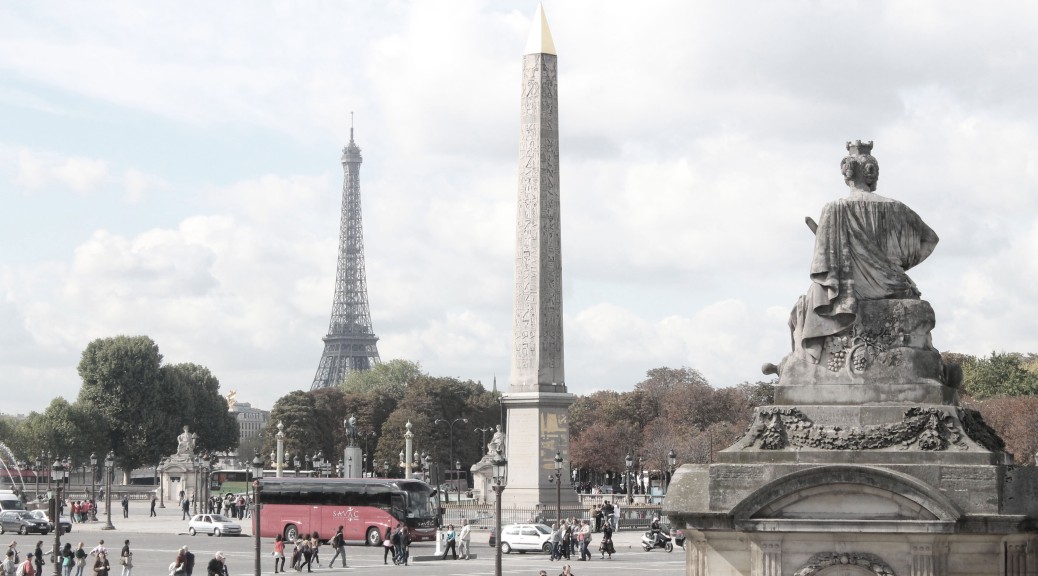
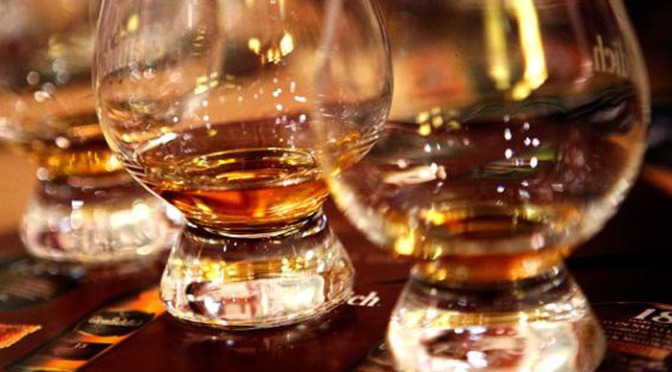
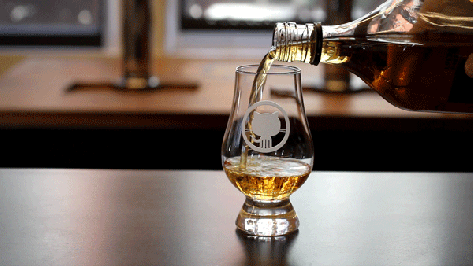


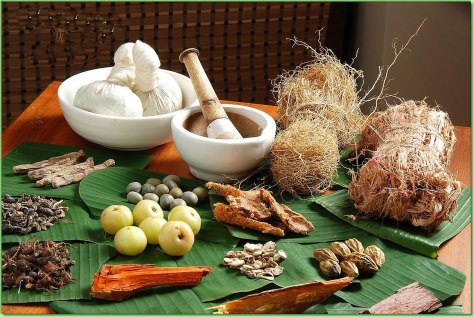
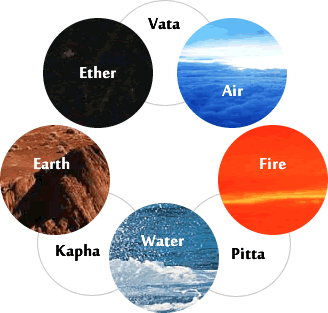
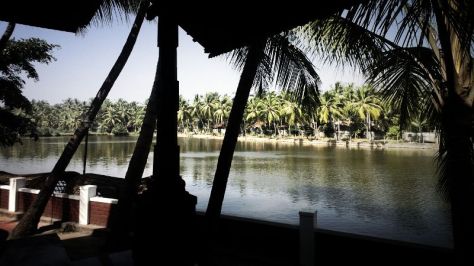
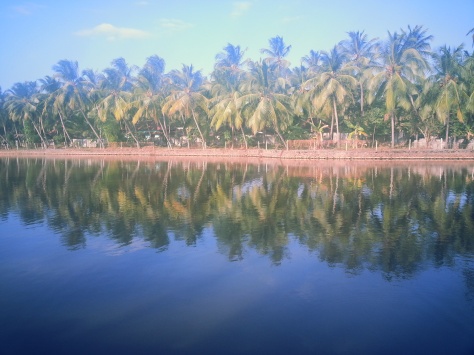
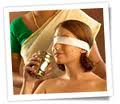
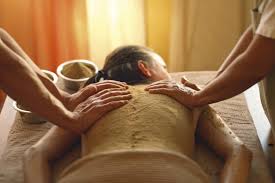


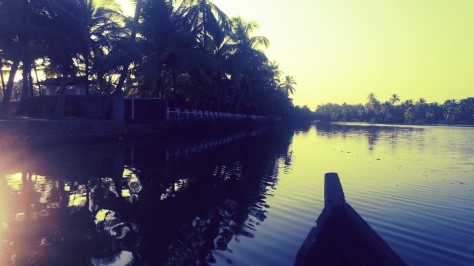
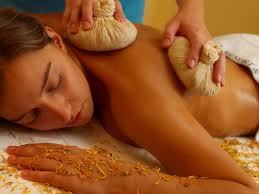
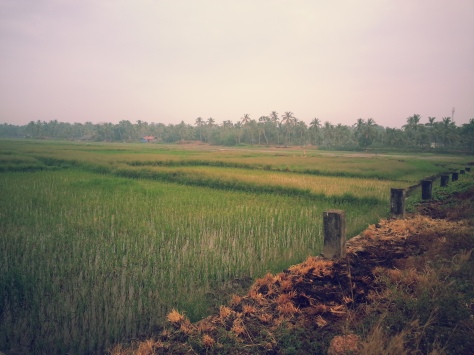
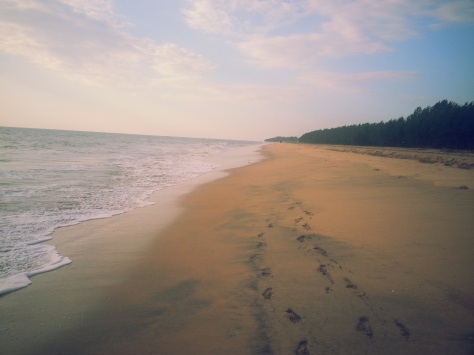
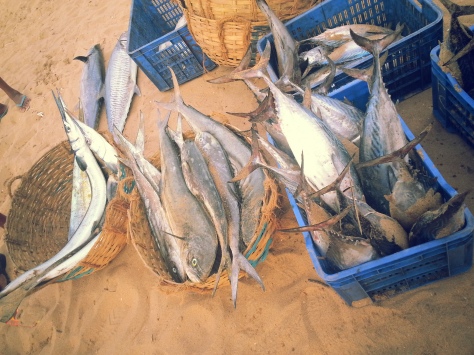

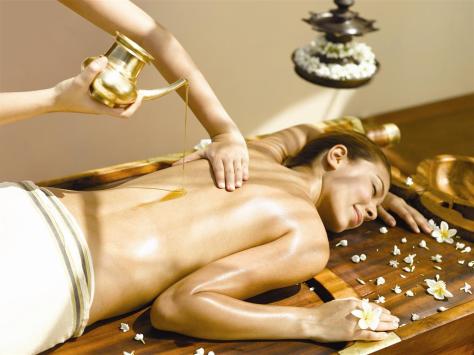
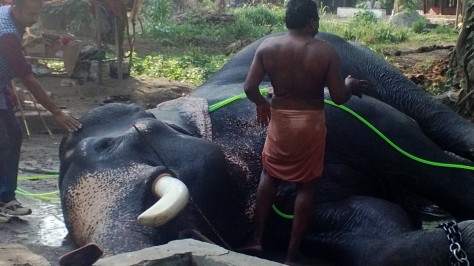
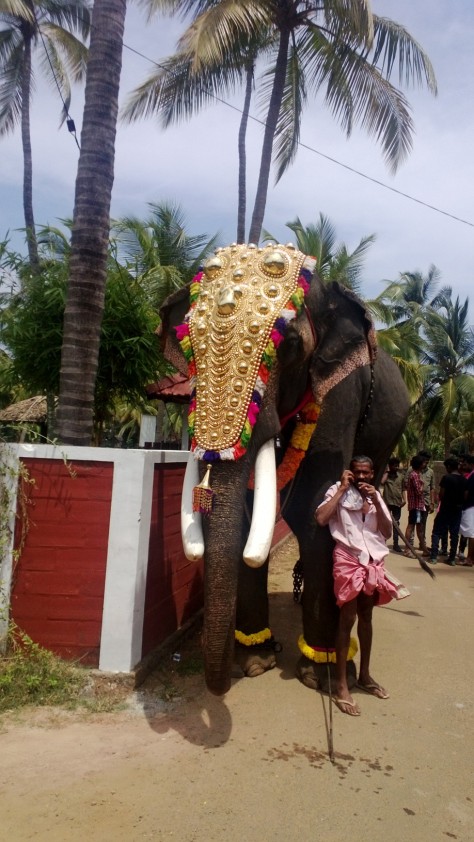
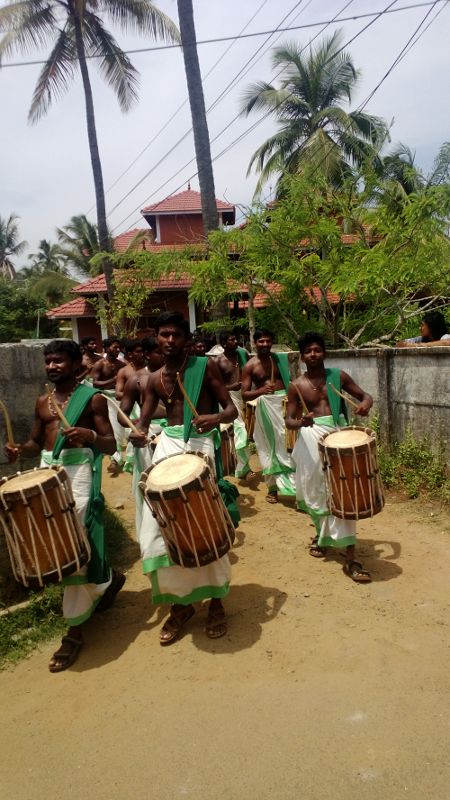
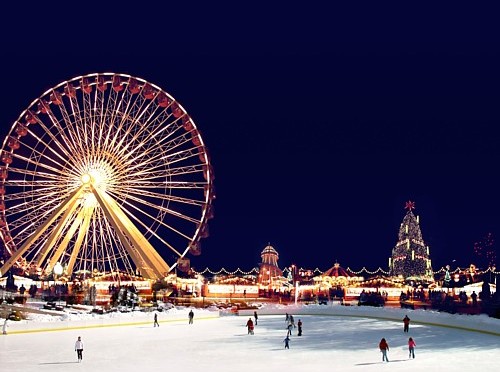








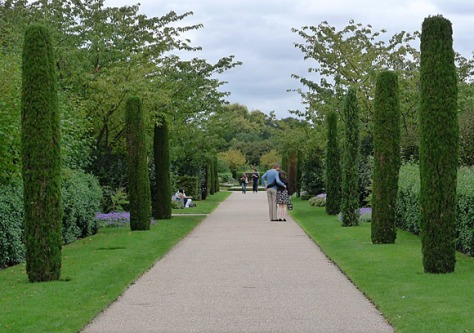
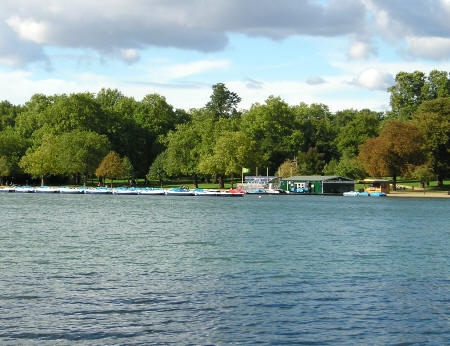
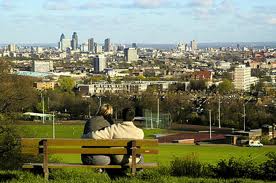



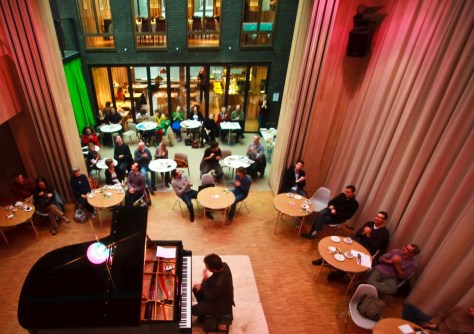

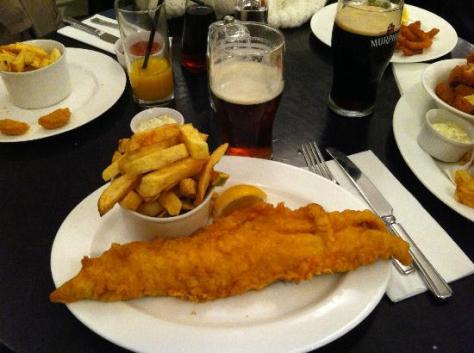
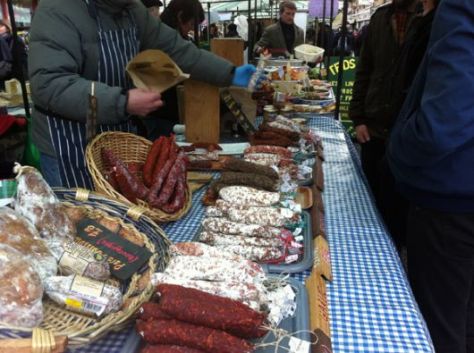


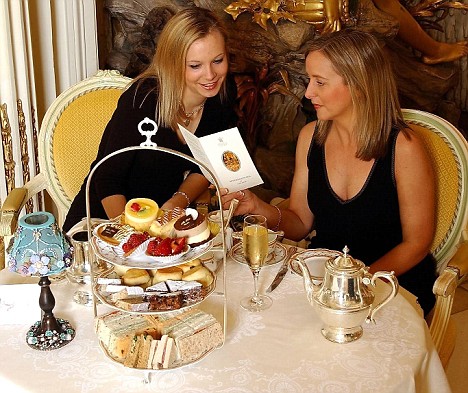




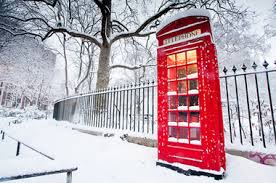
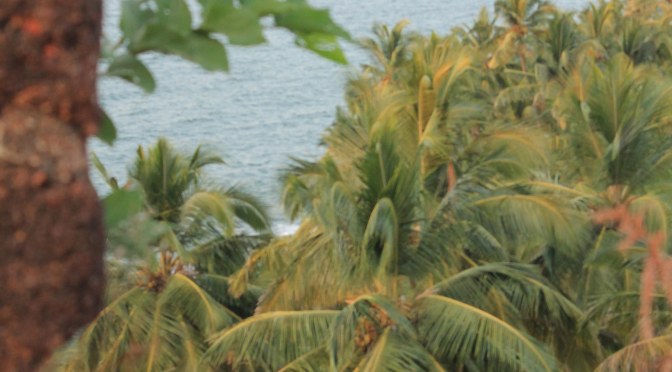
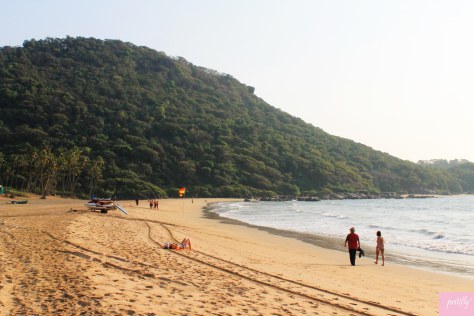
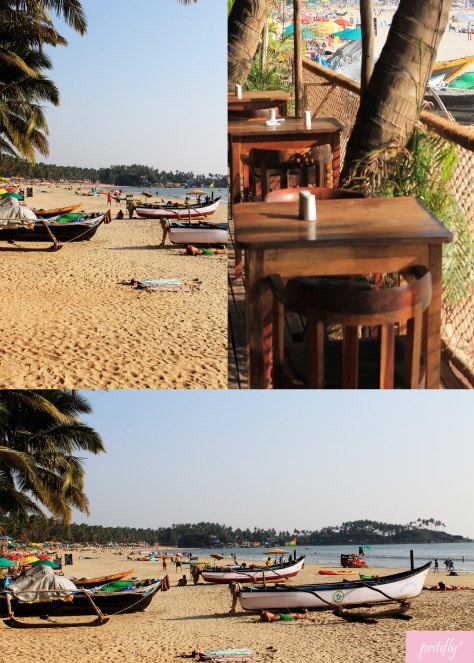
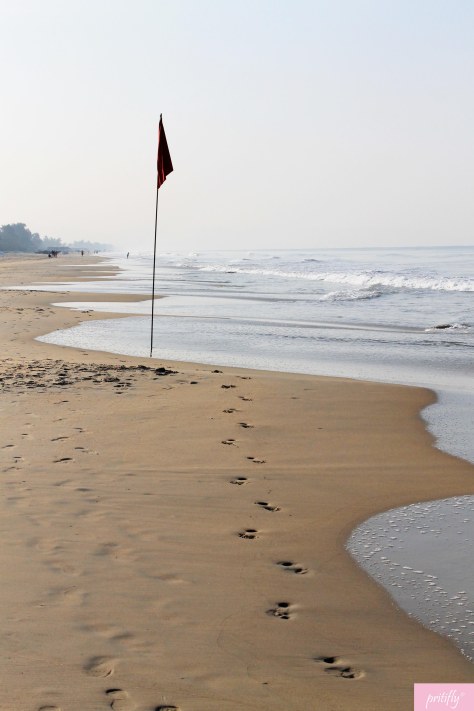
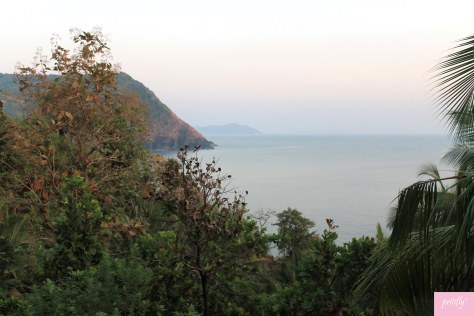
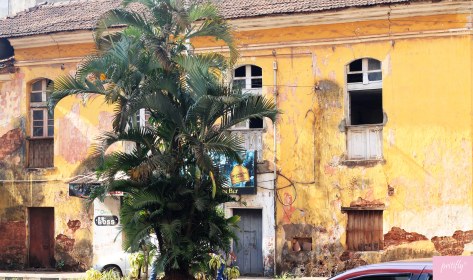
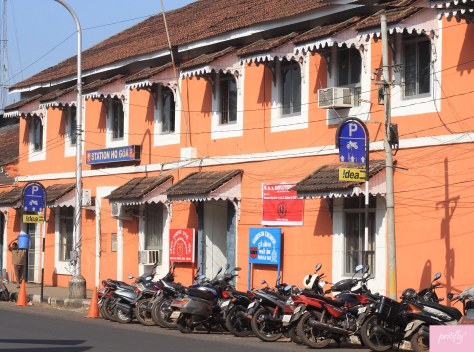
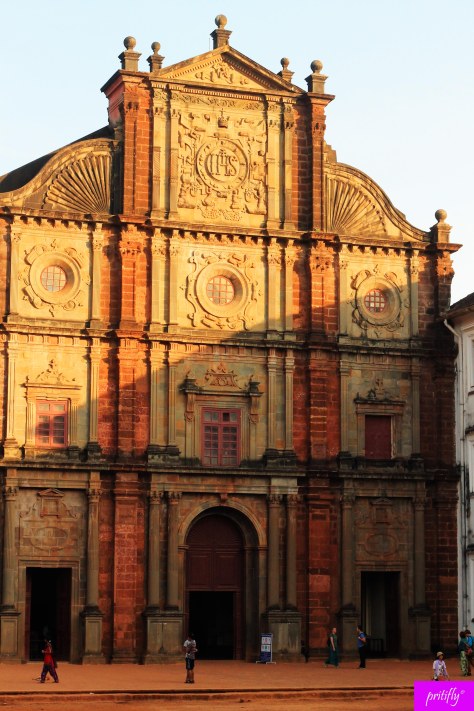
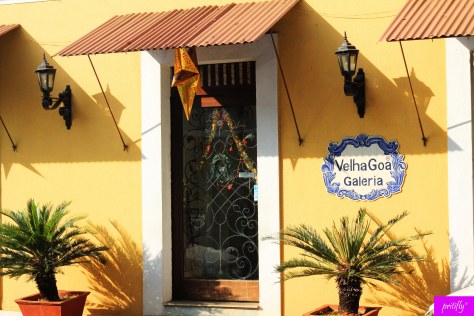
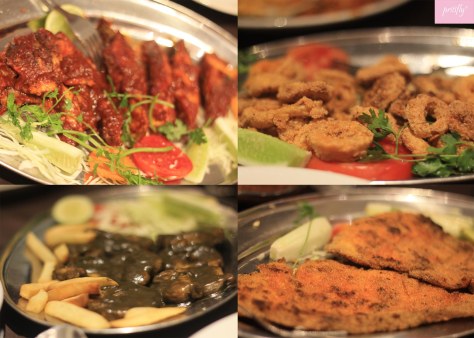
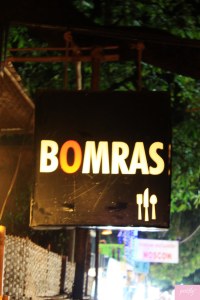

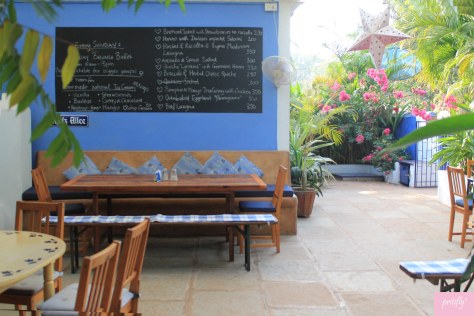
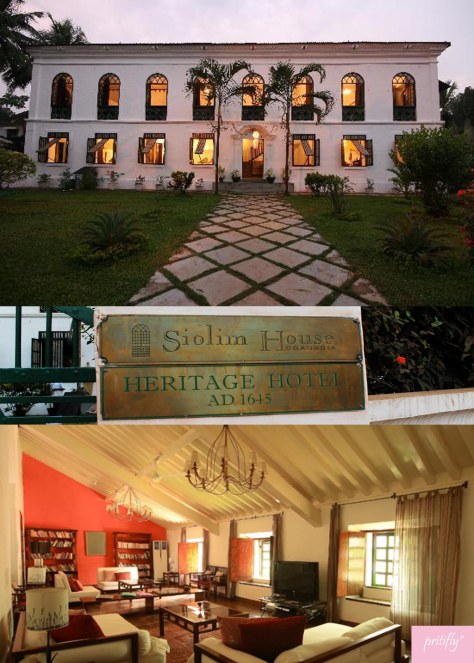
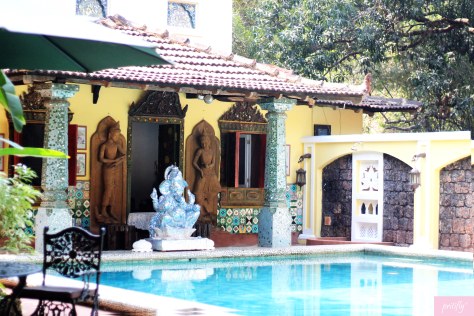
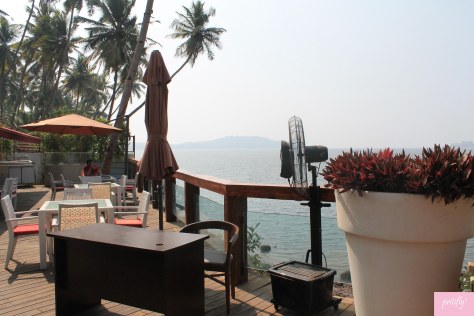

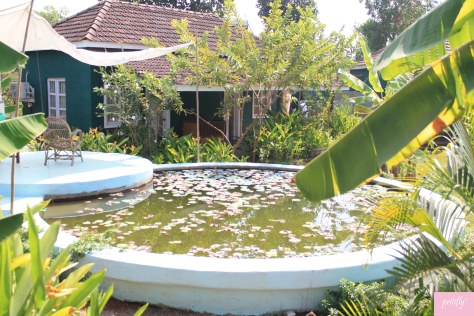
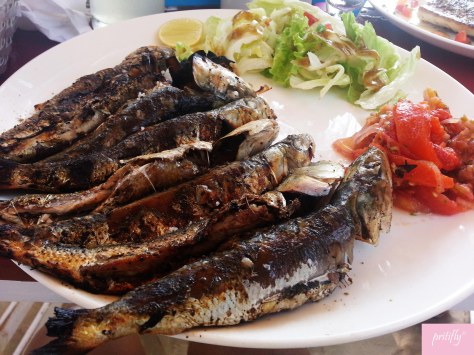
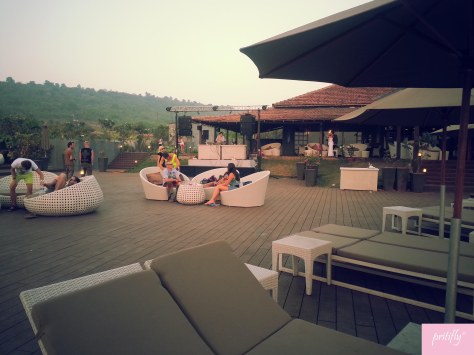


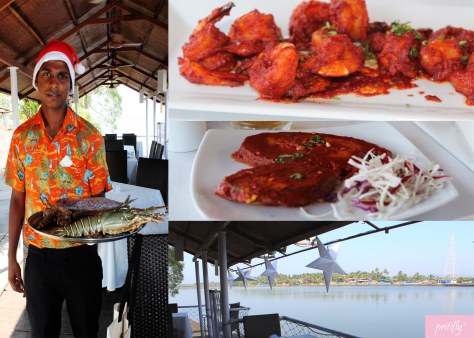
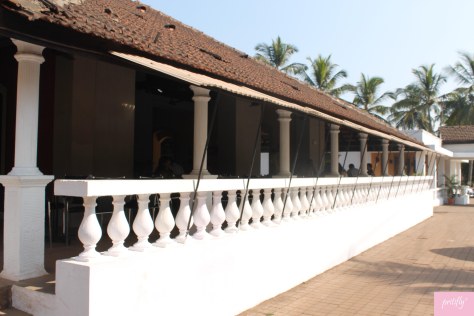
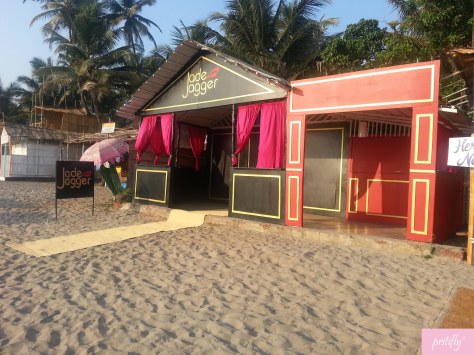
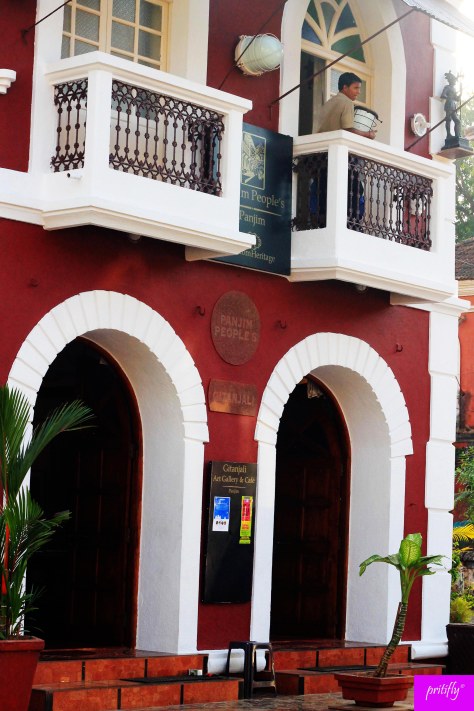
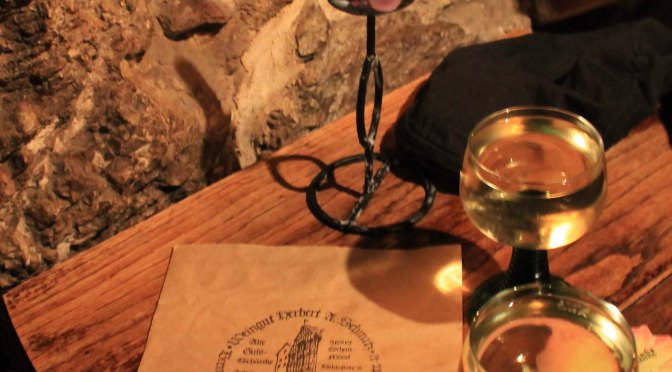
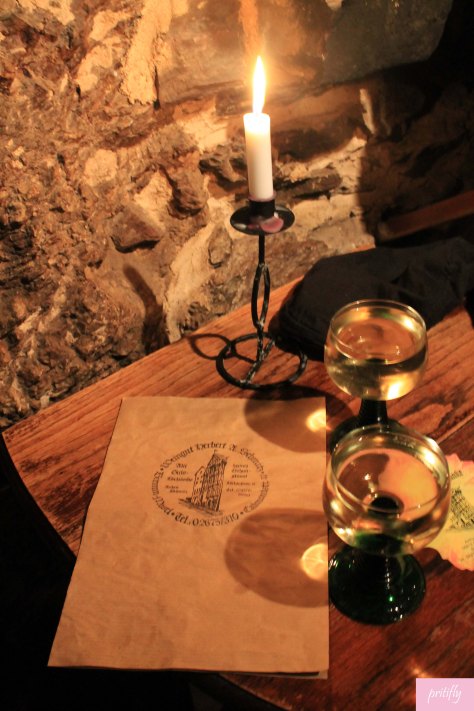
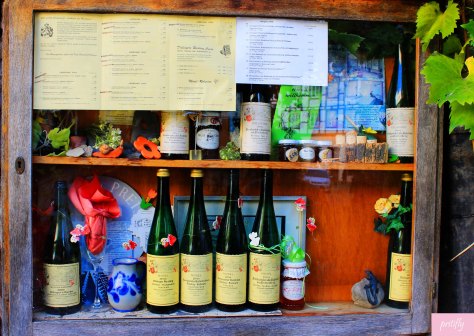
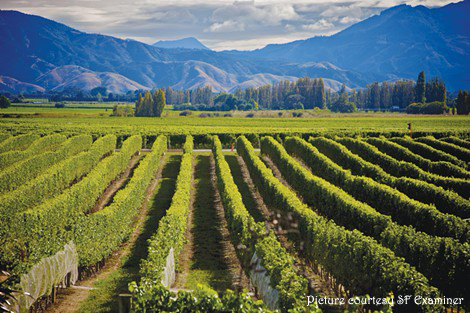

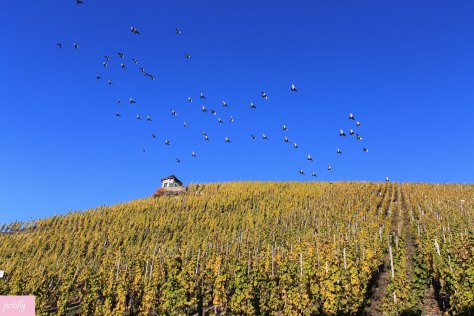
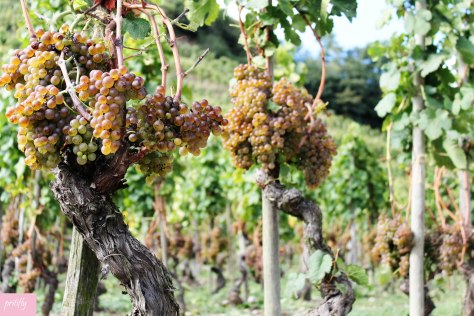

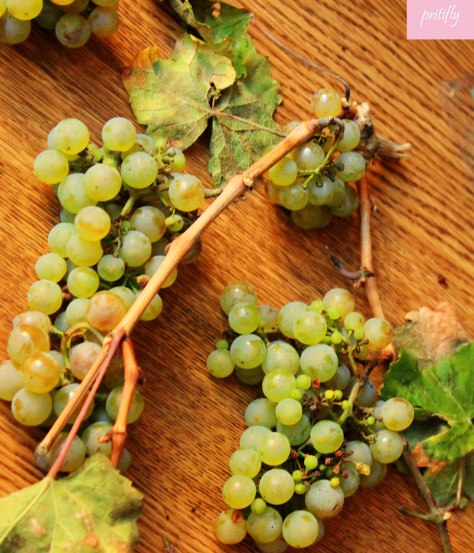
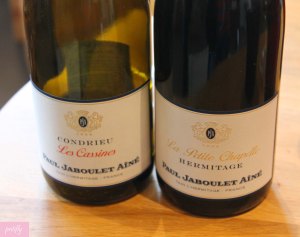
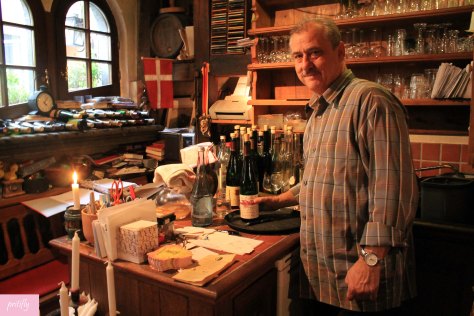
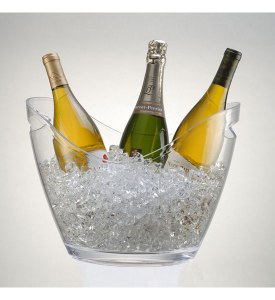
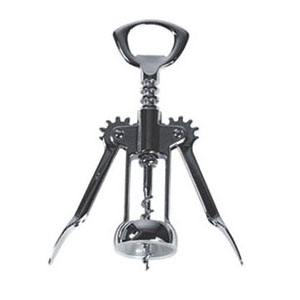

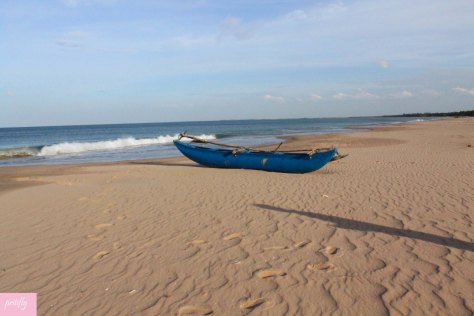
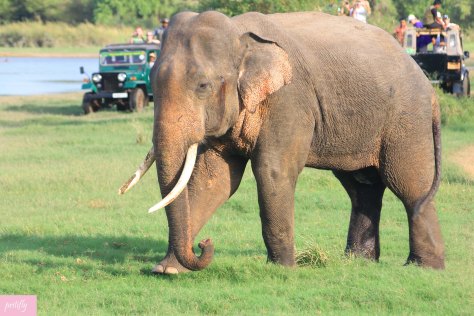
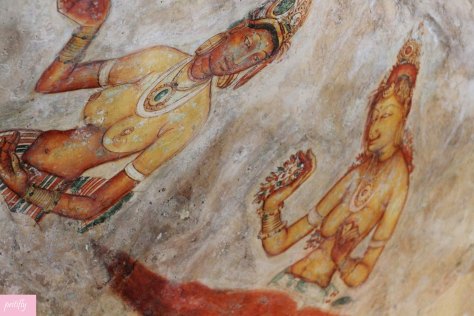

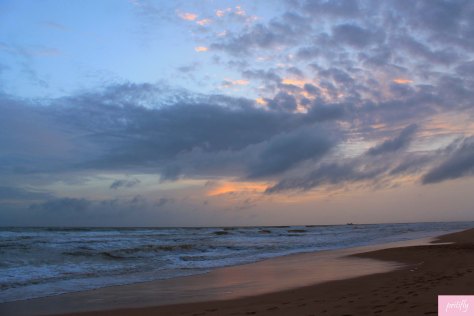
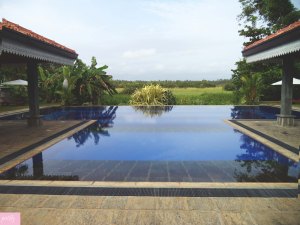
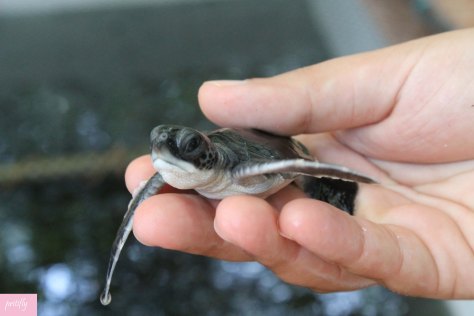
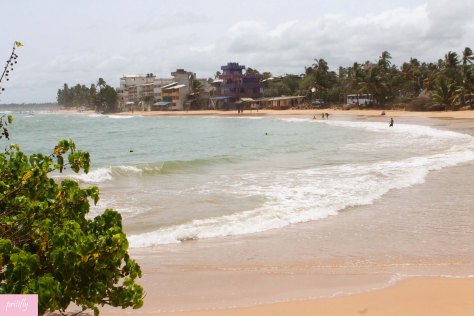
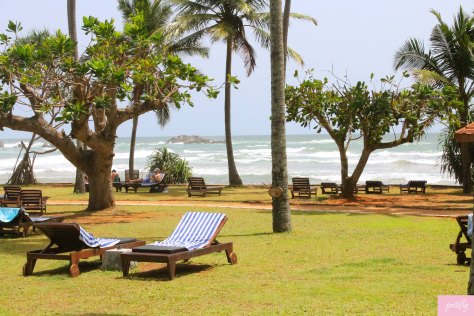




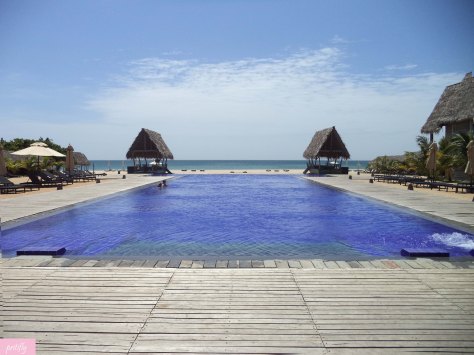

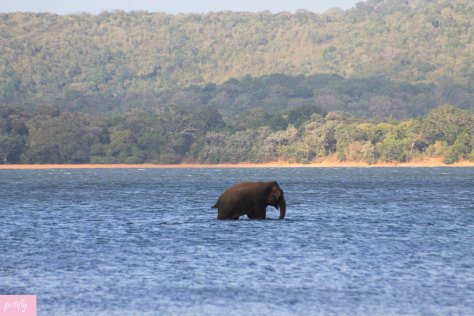



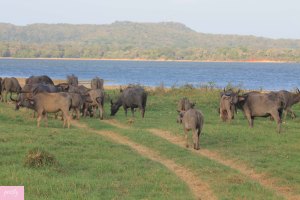

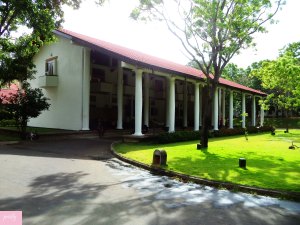


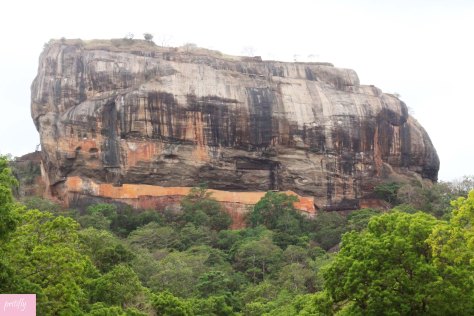
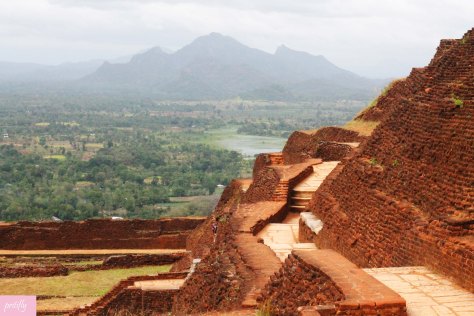
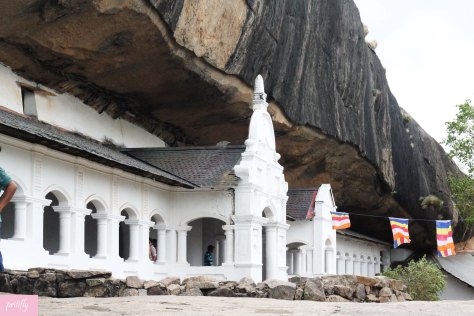
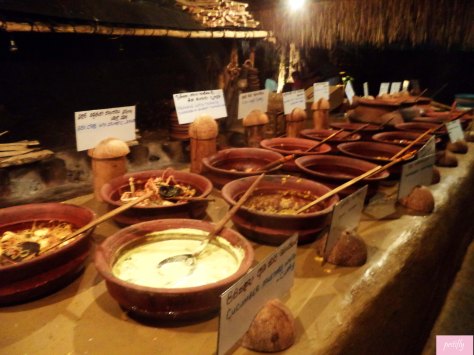


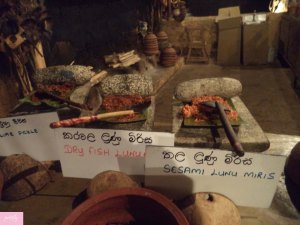
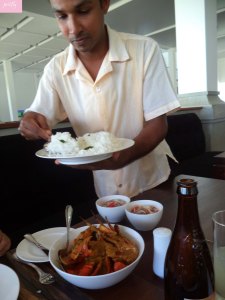

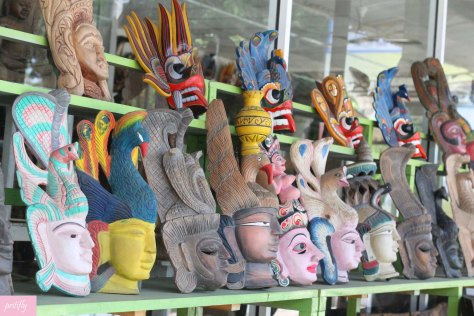
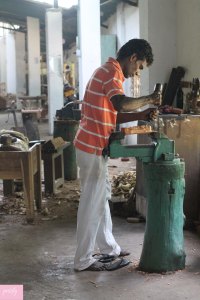
 94-66-224432 / 2244127 / 30 and FACTORY OUTLET 2: No: 280; High-level Road; Colombo 06.
94-66-224432 / 2244127 / 30 and FACTORY OUTLET 2: No: 280; High-level Road; Colombo 06.